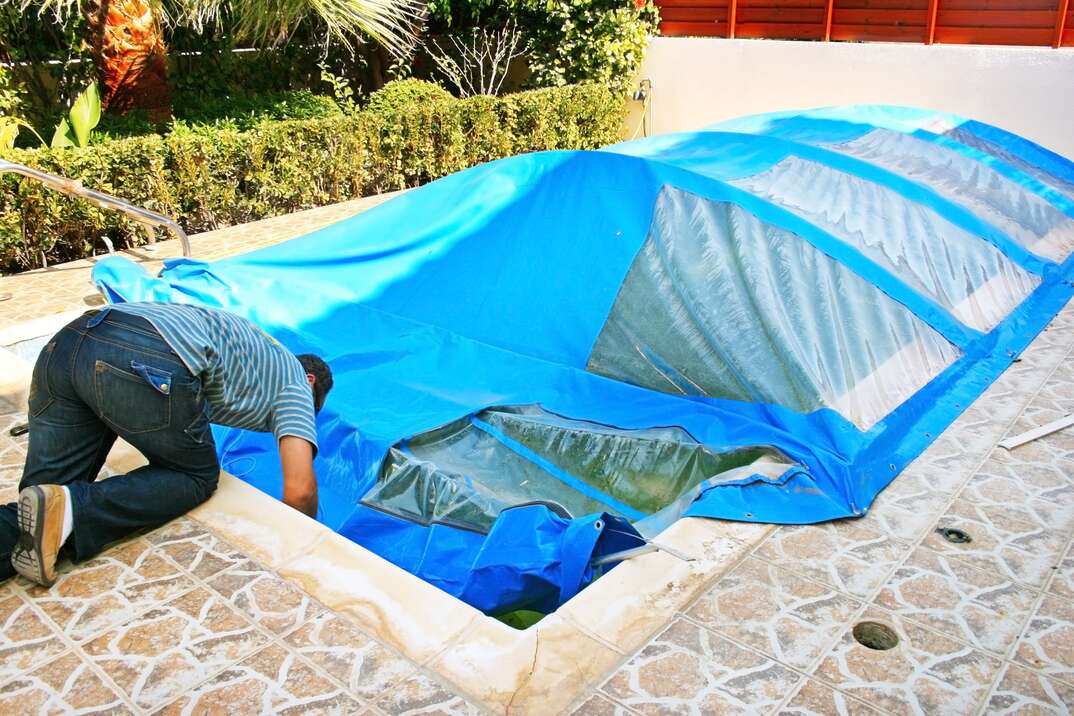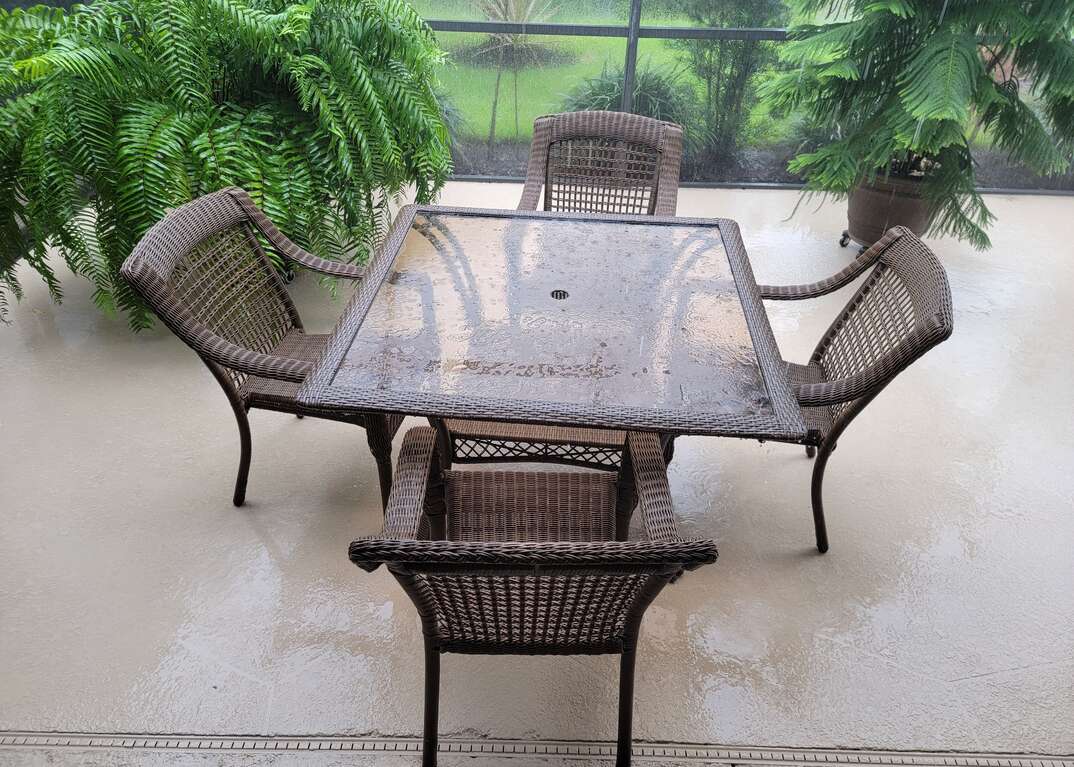How to Install Stucco Siding
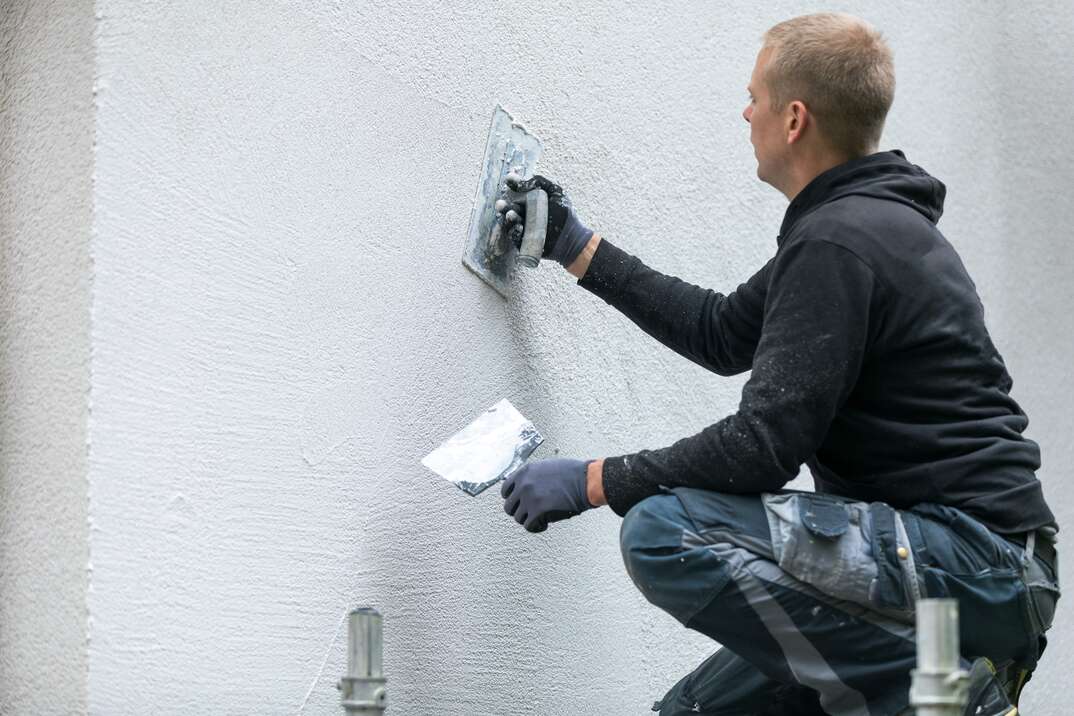
Installing Stucco Siding at a Glance
- Step 1: Apply bonding agent or stucco wrap
- Step 2: Apply scratch coat
- Step 3: Apply brown or leveling layer
- Step 4: Apply finish coat
- Step 5: Paint
If you want to give your home a fresh look, don’t forget the exterior. There are plenty of great choices for enhancing your home’s appearance, but if you want to indulge your creative side without sacrificing durability, stucco siding might be the way to go.
This May Also Interest You: Hardie Board: When Vinyl Siding Just Won’t Do
Whether you prefer a subtle, natural look or a bold, modern vibe, stucco can deliver. Even better: Savvy DIYers can learn how to install stucco on their own. Here’s a step-by-step guide.
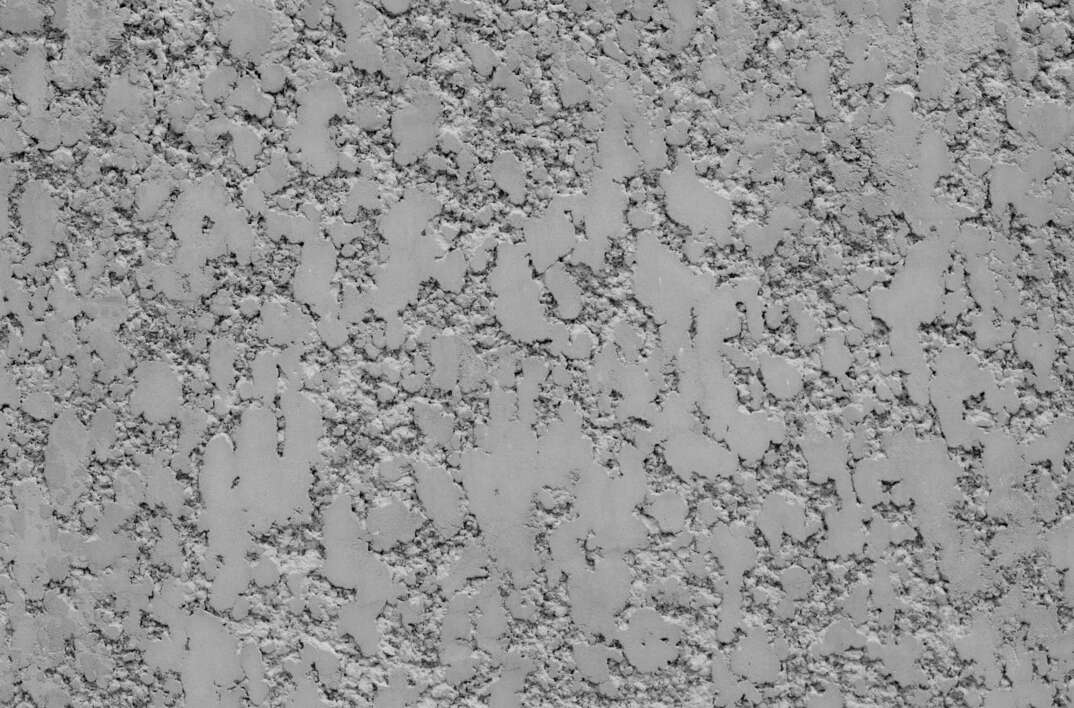 ----------------------------------------
----------------------------------------
What Is Stucco?
Stucco is a type of plaster that’s often used on building exteriors, particularly in Mediterranean and Spanish-style architecture. Composed of cement, sand and water, stucco is environmentally friendly and durable. It holds up in most climates. This versatile material is typically applied by hand using a finishing trowel to create a smooth surface or textures like swirls, ridges and pebbling.
Is Stucco Siding a Good Choice?
Because stucco siding is durable, requires minimal upkeep and offers homeowners plenty of options for customization, it’s a popular choice for exterior walls. Whether a stucco finish is right for your home largely depends on your aesthetic preferences and functional needs.
It may also help to compare stucco with siding made from other materials. Here are some factors to consider in your comparison:
Installation
Stucco installation involves several layers of application. The process can be difficult and time-consuming. Casual DIYers may want to leave this task to a professional.
If you’re looking for simplicity, vinyl siding is easy to cut and install, even for DIYers who have less experience. With panels that slide together easily, tongue-and-groove siding is also DIY-friendly, though it isn't recommended for regions that experience extreme weather.
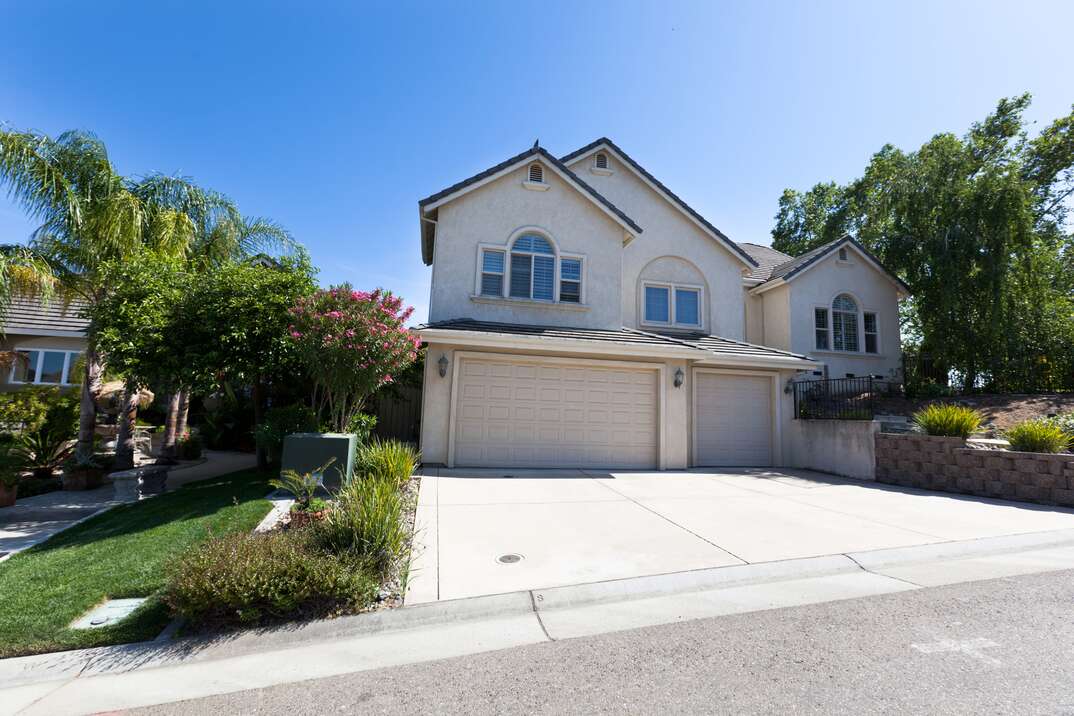
Appearance
Because stucco is applied by hand using a trowel, you can use it to create a wide variety of smooth or textured looks. It can also be dyed for a subtle or bold effect, so you can match a wide range of design styles. It may be repainted whenever you want a new look.
Homeowners who have more classic design sensibilities may prefer materials such as brick, wood or stone. Vinyl siding can also be an inexpensive way to mimic a variety of high-end materials, including stone, wood shingles and wood-grain lap siding.
Upkeep
Stucco is durable, albeit prone to occasional cracking. It requires minimal maintenance, though it needs to be cleaned regularly. This can be done using a garden hose or a pressure washer set to its lowest setting. Cracks may be easily fixed using commercial stucco patching products, keeping repair costs minimal.
Upkeep costs for other types of siding depend on the material in question. Vinyl siding is also durable and requires minimal maintenance. It can be easily cleaned using a pressure washer, general household cleaners or a mixture of white vinegar and water.
How to Apply Stucco
If you plan on installing a stucco exterior yourself, it’s important to understand the stucco application process. Although this process differs depending on the underlying structure of your house, you should always check local building regulations before beginning work. For example, many areas have building codes that require weep screeds, which minimize the potential for water damage to your home.
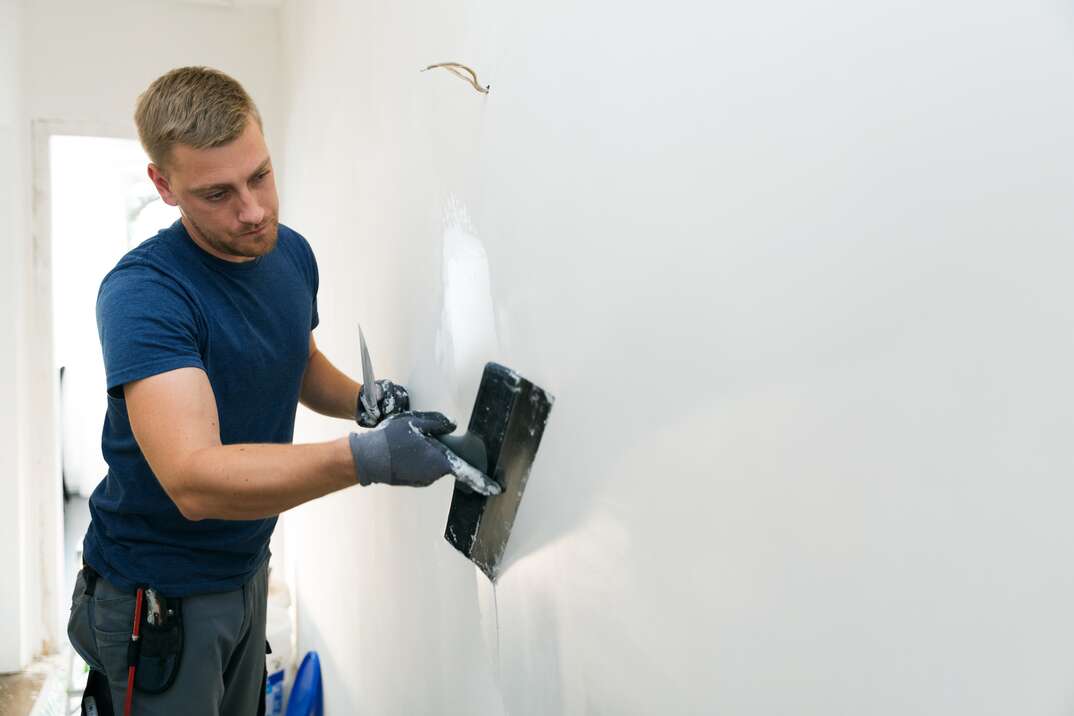
How to Install Stucco on Brick or Concrete
- Apply a concrete bonding agent to the exterior wall.
- Once the bonding agent is fully dry, apply a 1/4- to 1/2-inch base coat of stucco. Known as the scratch coat, this layer provides a rough surface for the second coat to adhere to.
- Let it dry fully before applying the next layer, which should be approximately 1/8 of an inch deep. This layer, the brown coat, functions as a strengthening layer and must harden for at least 36 hours before you resume the application process. During this time period, the surface should be misted with water periodically to prevent rapid drying, which can cause stucco to become brittle.
- Next, apply the finish coat, which should be about ¼ of an inch thick. This layer is always hand-troweled and may be texturized or applied as a smooth finish. Pigment may be added to the stucco mixture prior to application to add color to the layer.
- Let the finish coat harden for at least 36 hours. Mist to promote strength in the finished product.
- Once all the stucco material is sufficiently dry and hard — which may take several weeks — it may be painted.
More Related Articles:
- How Much Does It Cost to Paint a House?
- How Much Does Cedar Shake and Shingle Siding Cost?
- How to Install Roof Shingles
- How Much Do Roof Shingles Cost?
- Extending the Life of Your Roof in 3 Easy Steps
How to Install Stucco on Wood
- To apply stucco to a wood-framed house, you’ll need to provide a stabilizing element for the plaster by fastening a plastic or metal lath to the frame.
- Apply an asphalt-saturated or plastic sheet called a stucco wrap over the lath to minimize cracking.
- Using a flat finishing trowel, apply a 1/4- to 1/2-inch layer of mortar. Once this base coat is partially dry, use a plasterer's rake to scratch a horizontal or crisscross pattern in it.
- The scratch coat should dry for a minimum of 36 hours before resuming application. During this time, it should be misted periodically to keep it from drying too quickly.
- Once the scratch coat is dry, apply the next layer and scrape it smooth. This is the leveling coat.
- Repeat the drying process.
- After 36 hours, apply the finish coat using a flat finishing trowel. This layer forms the visible exterior and should be allowed to cure for several days with periodic misting. It may be dyed by applying pigment to the stucco mixture prior to installation. Once it has fully cured, it may also be painted.
Newer products, which combine stucco with fiberglass, may facilitate a one-coat stucco application regardless of the underlying structure.
How Long Does Stucco Siding Last?
One of stucco’s main benefits is its durability. Even with minimal maintenance, stucco siding may last upwards of 50 years in most climates, according to Bob Vila. To keep it looking great, you should repair minor cracks and clean it regularly with a pressure washer. It may also be repainted whenever necessary.
Is Stucco Cheaper Than Other Types of Siding?
Whether it’s cheaper to apply stucco or another type of siding depends in part on your choice of material. Basic vinyl siding is typically less expensive than basic stucco, but prices increase for both products as the quality of the material goes up. Wood siding is another popular option for home exteriors, but it’s typically more expensive and often requires more maintenance over its lifetime.
In addition to basic installation costs, it may be worth considering the following factors when assessing the overall expense of any siding:
- Quality of the siding
- Anticipated lifespan of the materials
- Upkeep requirements
- Insulation capabilities
Since we’re all home now more than ever, being prepared for unexpected home repairs with a plan from HomeServe is important. Having a plan in place gives you peace of mind knowing that you can simply call our 24/7 repair hotline for covered breakdowns. See what plans are available in your neighborhood.

